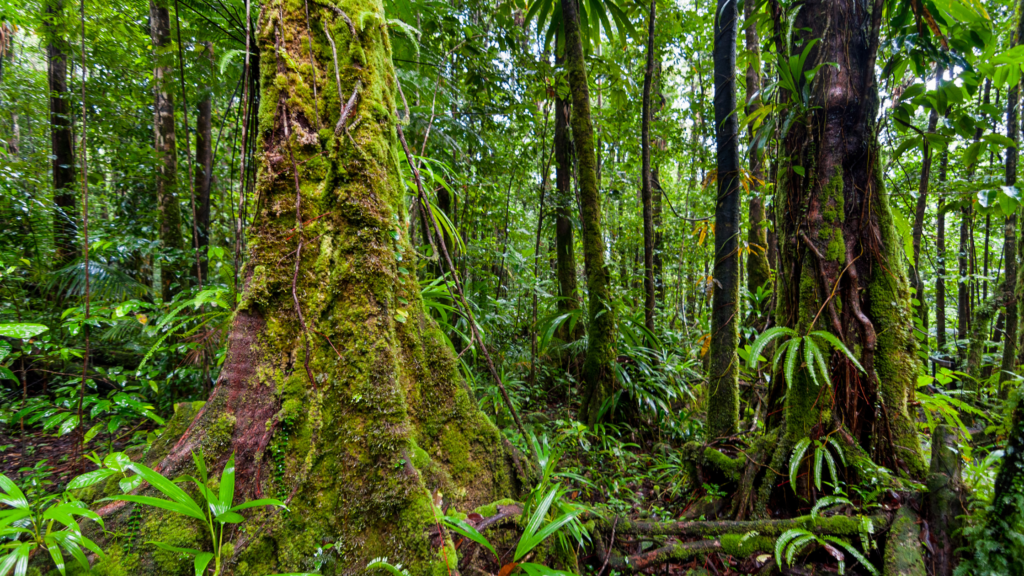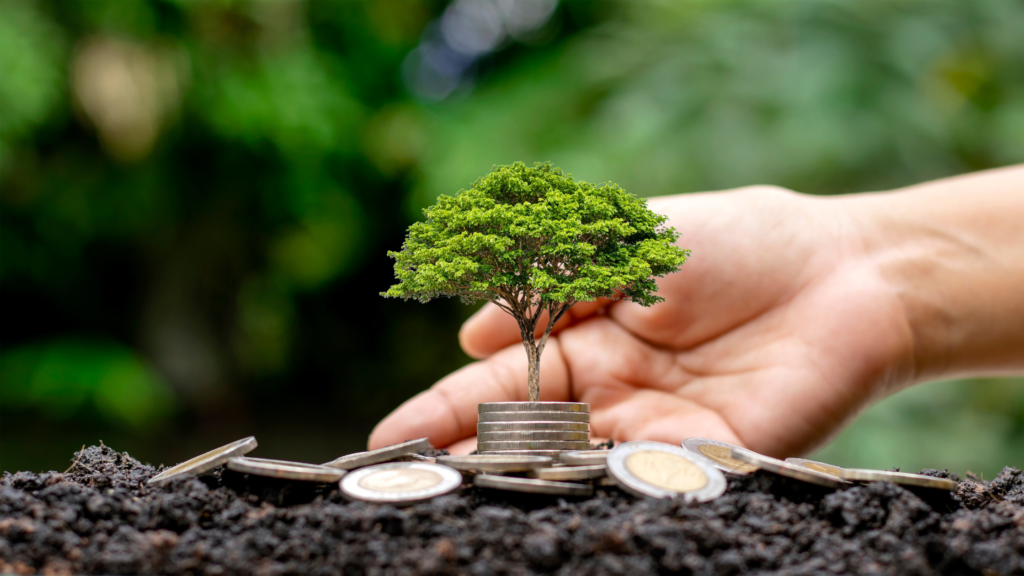Certified forest investments represent a powerful intersection of environmental stewardship and economic opportunity. By investing in certified forests, stakeholders can promote sustainable forest management practices that ensure the long-term health of forest ecosystems while also generating financial returns. This article explores the myriad benefits of certified forest investments and how they align with the goals of sustainable development and economic empowerment.
Understanding Certified Forest Investments
Certified forest investments involve investing in forests that meet rigorous environmental and social standards. These standards are set by certification bodies such as the Forest Stewardship Council (FSC) and the Programme for the Endorsement of Forest Certification (PEFC). Certification ensures that forests are managed sustainably, balancing ecological, economic, and social interests.
Environmental Benefits of Certified Forests



Biodiversity Conservation
Certified forests play a crucial role in conserving biodiversity. Sustainable forest management practices protect diverse habitats, ensuring the survival of various plant and animal species. By maintaining a healthy ecosystem, certified forests contribute to the preservation of genetic diversity and the resilience of natural environments.
Climate Change Mitigation
Forests act as carbon sinks, absorbing CO2 from the atmosphere and helping to mitigate climate change. Certified forests are managed to maintain or enhance their carbon sequestration capabilities. This not only helps in combating global warming but also supports global climate goals outlined in the Paris Agreement.
Soil and Water Protection
Sustainable forestry practices help protect soil and water resources. By reducing deforestation and employing methods that prevent soil erosion and degradation, certified forests ensure the long-term health of these critical resources. This contributes to water quality and availability, benefiting both ecosystems and human communities.
Economic Benefits of Certified Forest Investments

Stable and Sustainable Returns
Investing in certified forests can provide stable and sustainable financial returns. Certified timber often commands higher prices in the market due to its environmental credentials, and sustainable management practices ensure that forest resources are not depleted, supporting long-term profitability. According to the World Bank, sustainable forestry can contribute significantly to rural economies.
Market Access and Premium Pricing
Certification opens up access to markets that prioritize sustainable and ethical products. Many consumers and businesses are willing to pay a premium for certified wood and paper products, enhancing the profitability of certified forest investments. This demand is driven by increasing awareness of environmental issues and corporate social responsibility initiatives.
Risk Mitigation
Certified forests are managed according to strict guidelines, reducing risks associated with illegal logging, land disputes, and environmental degradation. This minimizes financial and reputational risks for investors, making certified forest investments a safer and more attractive option.
Social Benefits of Certified Forests


Community Engagement and Development
Certified forestry practices emphasize the importance of engaging with local communities and respecting their rights. This includes providing fair wages, ensuring safe working conditions, and supporting local development initiatives. These practices help build strong relationships with communities, fostering social stability and support for forestry projects.
Empowerment of Indigenous Peoples
Many certified forests are located on lands traditionally managed by indigenous peoples. Certification recognizes and supports the rights of these communities, empowering them to manage their resources sustainably. This approach not only protects cultural heritage but also promotes social equity and inclusion.
Aligning with Sustainable Development Goals
Certified forest investments are closely aligned with several United Nations Sustainable Development Goals (SDGs), particularly those focused on environmental sustainability, economic growth, and social inclusion. By promoting sustainable forest management practices, these investments address critical global challenges and contribute to achieving a more equitable and sustainable future.
- SDG 13: Climate Action: Certified forests play a pivotal role in combating climate change, directly contributing to the goals of SDG 13: Climate Action. These forests enhance carbon sequestration by absorbing significant amounts of CO2 from the atmosphere, thereby reducing the overall concentration of greenhouse gasses. This process is vital in mitigating the impacts of climate change, such as global warming, extreme weather events, and rising sea levels. Furthermore, certified forest management practices ensure that forests remain healthy and resilient, which is essential for maintaining their carbon sequestration capabilities. By preventing deforestation and promoting reforestation, certified forests help stabilize the climate and support global environmental sustainability efforts.
- SDG 15: Life on Land: Certified forests also support SDG 15: Life on Land, which focuses on the conservation and sustainable use of terrestrial ecosystems. These forests are managed to protect biodiversity, ensuring the survival of various plant and animal species. Sustainable forestry practices, such as selective logging and maintaining natural forest structures, preserve critical habitats and enhance ecosystem services like water regulation and soil protection. By promoting sustainable land management, certified forests help maintain the health and productivity of ecosystems, which are vital for supporting life on Earth. These efforts not only benefit the environment but also enhance the resilience of local communities that depend on forest resources for their livelihoods.
- SDG 8: Decent Work and Economic Growth: Investing in certified forests aligns with SDG 8: Decent Work and Economic Growth by creating job opportunities and supporting economic development in rural areas. Certified forestry practices ensure fair labor conditions, providing workers with safe and equitable employment opportunities. These jobs span various sectors, including forest management, conservation, and value-added processing of forest products. By promoting local development initiatives and supporting small and medium-sized enterprises (SMEs) in the forestry sector, certified forest investments contribute to sustainable economic growth. Additionally, the premium pricing and market access for certified products enhance the profitability of forestry operations, further stimulating rural economies and improving the livelihoods of local communities.
Case Studies and Real-World Examples
FSC-certified forests in the Amazon region demonstrate the multifaceted benefits of sustainable forest management. These projects have not only successfully reduced deforestation rates but also protected biodiversity and provided significant economic opportunities for local communities. The positive impact of these initiatives underscores the importance of certified forestry practices in preserving critical ecosystems while promoting social and economic development.
Similarly, PEFC-certified forests in Europe highlight the economic benefits that sustainable forestry can offer. These forests have gained increased market access and premium pricing for their certified products, which supports local economies and ensures environmental sustainability. The success of PEFC-certified forests in Europe showcases how certified forest investments can drive both ecological preservation and economic growth, creating a compelling case for broader adoption of sustainable forestry practices globally.
Certified forest investments offer a unique blend of environmental, economic, and social benefits. By promoting sustainable forestry practices, these investments contribute to biodiversity conservation, climate change mitigation, and economic empowerment. Aligning with global sustainable development goals, certified forests represent a compelling opportunity for investors seeking to make a positive impact on the world while achieving stable financial returns.
